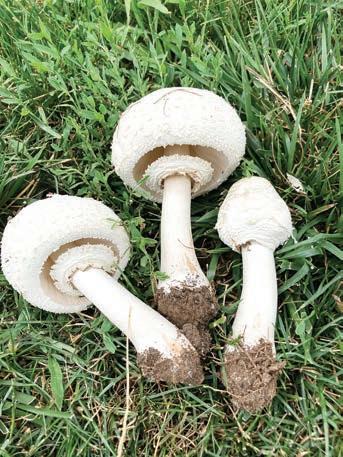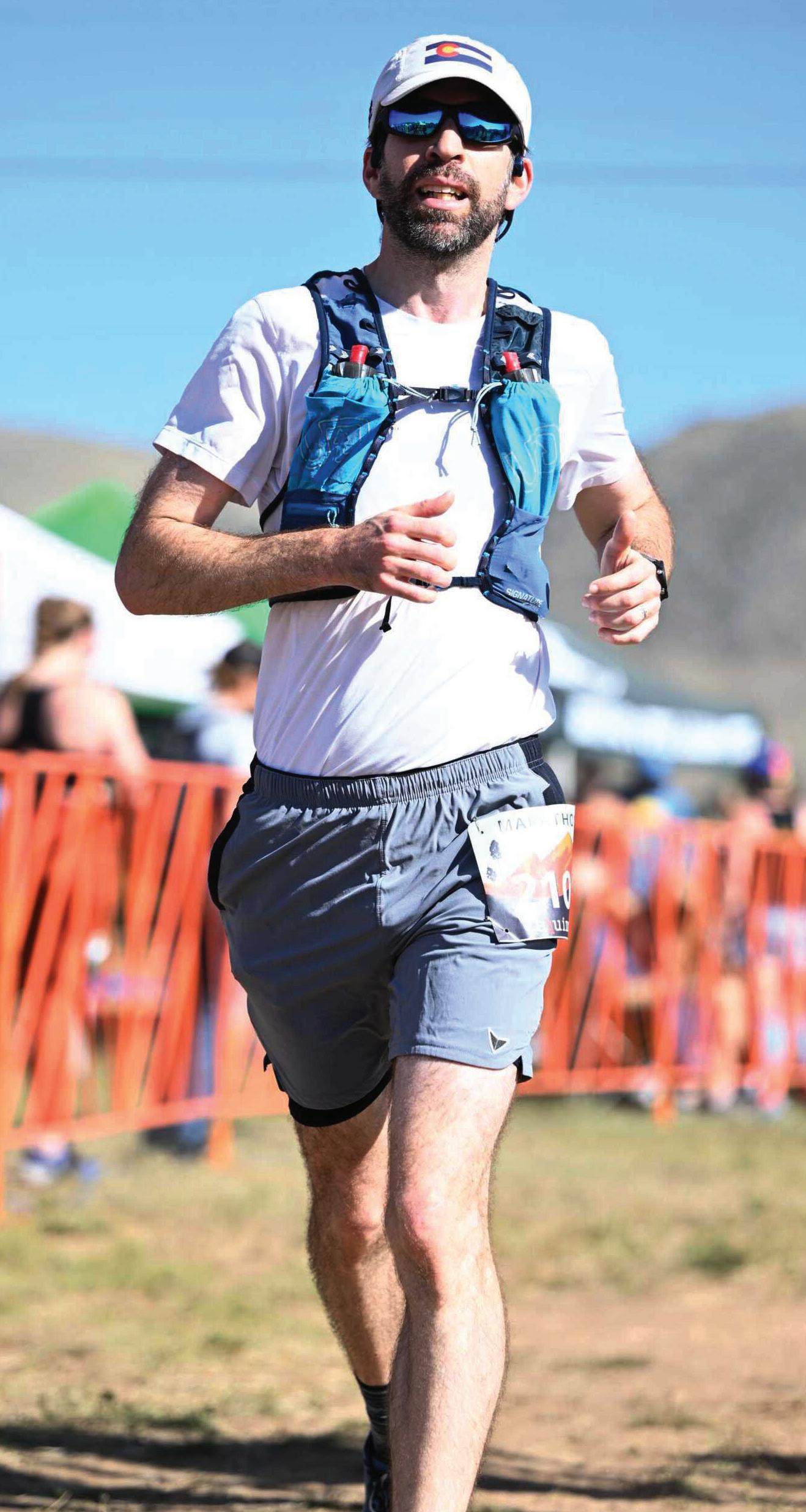
4 minute read
NORTON
exceeded by their ominous features. I remember my family thinking that maybe we should turn back. And we are all glad we did not turn back, we kept going and nally stopped in Beaver Creek. After leaving the exit, and making our way toward the mountain, we could still not quite see the top, and again from far away it looked like that day’s hike might be more di cult than we had anticipated.
Beaver Creek isn’t even a 14er (a mountain that is at least 14,000 feet in elevation), yet it seemed gigantic to us, almost unmanageable for rookies to the area. But as we got closer, we realized we could no longer see the top, as a matter of fact the closer we got to that mountain, the smaller it became. And when we looked at the trail map and out at the winding trail ahead of us, we realized that what was right in front of us was more than manageable for sure, so we readied ourselves and took o up the mountain.
What mountain are you looking at right now? Does it look ominous and frightening from where you are currently standing? Maybe it’s a new cancer diagnosis, a personal battle with addiction, or a family member or friend ghting addiction. Perhaps it’s a relationship challenge at home. You may be facing a nancial burden that seems to be getting bigger by the day. Your mountain could be a problem with your business or ful — but potentially poisonous — Chlorophyllum were made. ere’s also the beautiful Lepiota lilacia that has been surfacing in mulch and yards. en there’s the fun, but adult rated, Phallus hadriani. ese are fun because they often start o as rubbery eggs. I get a kick from the startled gardeners believing aliens have laid o spring in their mulch beds. When they come out of their shells, these impudent alien forms de nitely don’t conform to polite societal standards. What sort of surprises me are the lack of Agaricus barnardii observations on iNaturalist. It’s surprising because they’re so abundant in Denver’s parks that they’re almost a weed. However, they’re easy to identify because they look like a fat portobella mushroom, but smell kind of like the ocean. Another species that people didn’t put on iNaturalist in early is Coprinellus micaceous. is is truly a weedy mushroom species because when it’s wet, you always see it fruiting in large “inky” bouquets at the base of trees and tree stumps. One of our most common wood eaters, it is mushrooms like this that return stumps back to the soil. your team. If you are in sales and you are now halfway through the year and your numbers are way o , the chasm between your quota and where you currently are regarding your year-to-date sales seem like a much higher climb than you can conceivably make up in the next six months.

Whatever your mountain is, get closer to it. Stop looking at it from miles away. Find a guide, a coach, a family member, or a friend who you trust to help you build your trail map. Get to the base of the mountain, identify the trailhead and execute your plan. e mountain isn’t going to climb itself, nor is it going to fall into the ocean and go away. You have more courage than you think, there is grit deep inside of you that needs to be surfaced to start the climb, and never underestimate your endurance to see it all through.
Is it time for you to get closer to the base of the mountain instead of imaging how di cult the climb might be from afar? I would love to hear your story at gotonorton@ gmail.com, and when we can realize that what seems completely unmanageable from a distance can seem completely manageable the closer we get, it really will be a better than good life.
Michael Norton is an author, a personal and professional coach, consultant, trainer, encourager and motivator of individuals and businesses, working with organizations and associations across multiple industries.
As a mycologist, this is a fun time of year to help people explore their mushroom curiosities. ere’s a ton of diversity out there, and each one of the species mentioned above can be found around Denver and the Denver Botanic Gardens. For those who are truly enthusiastic, the best way to gain experience in mushroom identi cation is to join your local mushroom club. Check out the Colorado Mycological Society. ey have monthly meetings at the Denver Botanic Gardens and you can go there to meet with other mushroom enthusiasts who are happy to share their knowledge. Better yet, join the society and go on a local mushroom foray.
Andrew W. Wilson is the associate curator of fungi for the Denver Botanic Gardens

How to take up running, from starting out to marathons
BY ELLIS ARNOLD EARNOLD@COLORADOCOMMUNITYMEDIA.COM
Roxane Geisler started running in high school as a new challenge — somebody told her she should run cross country.
“I didn’t even know how to run a mile,” said Geisler, who is now president of the Highlands Ranch Running Club.

Getting into running “just gradually happened for me,” said Geisler, who is 54. “Suddenly, I was like, ‘Oh, I really do enjoy it, and I love getting out and seeing the views.’”
For people who are inexperienced at running but want to improve, it’s key not to be intimidated, Geisler said.
“A lot of people think, ‘Oh, I can’t join the running club because I’m not a real runner.’ And that’s totally silly,” Geisler said. “If you run, you’re a runner.”
Ryan Marker, an assistant professor who teaches exercise physiology at the University of Colorado Anschutz Medical Campus in Aurora, said it’s important for beginners to start slow. “Setting appropriate expectations, I think, is really important,” Geisler said. “So if someone’s never run before, you’re not going to get o the couch and do a marathon.”
But with the right plan, even beginners can work their way up to a marathon within months. (Here’s a tip: You don’t have to run the whole thing.)
Here’s some advice on how to start running or take your training to the next level.
Part of the group
One thing that can help you get into running: nding a group of runners to keep you moving.
When Geisler moved to Highlands Ranch in 2003, she noted how many people were out running by themselves.
She learned about the Highlands Ranch Race Series, and part of the idea behind starting her running club was to get some runners to train together.
“It makes running so much easier, training so much easier, when you have people to train with,” Geisler said.
And the people she’s met through her club “were a tremendous in uence on me — just people who really push themselves and try to get the best out of themselves,” said Geisler, who has run marathons.
e club provides a communal atmosphere:









